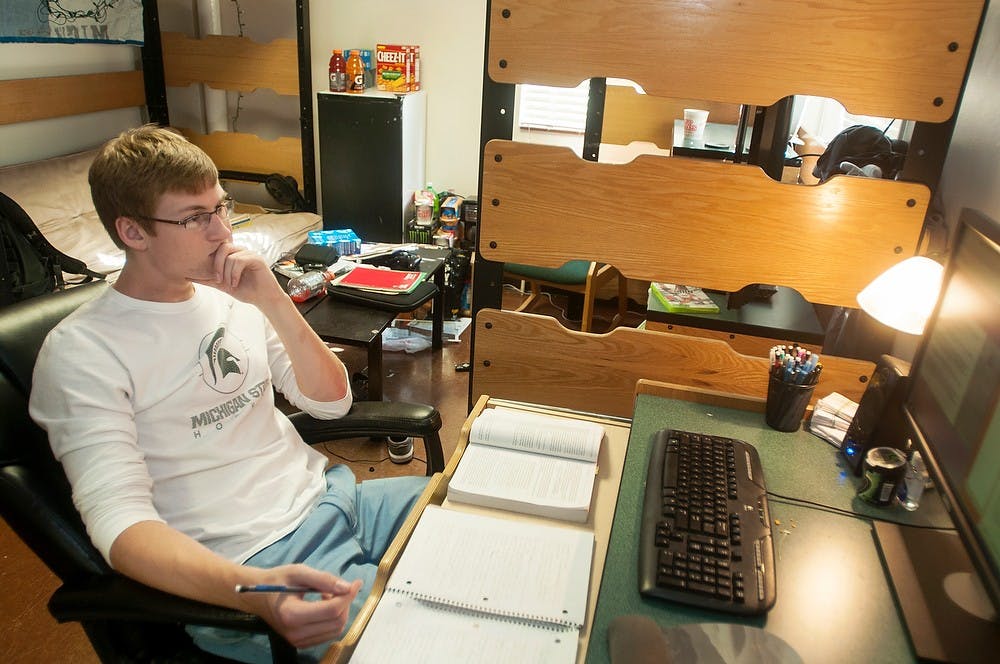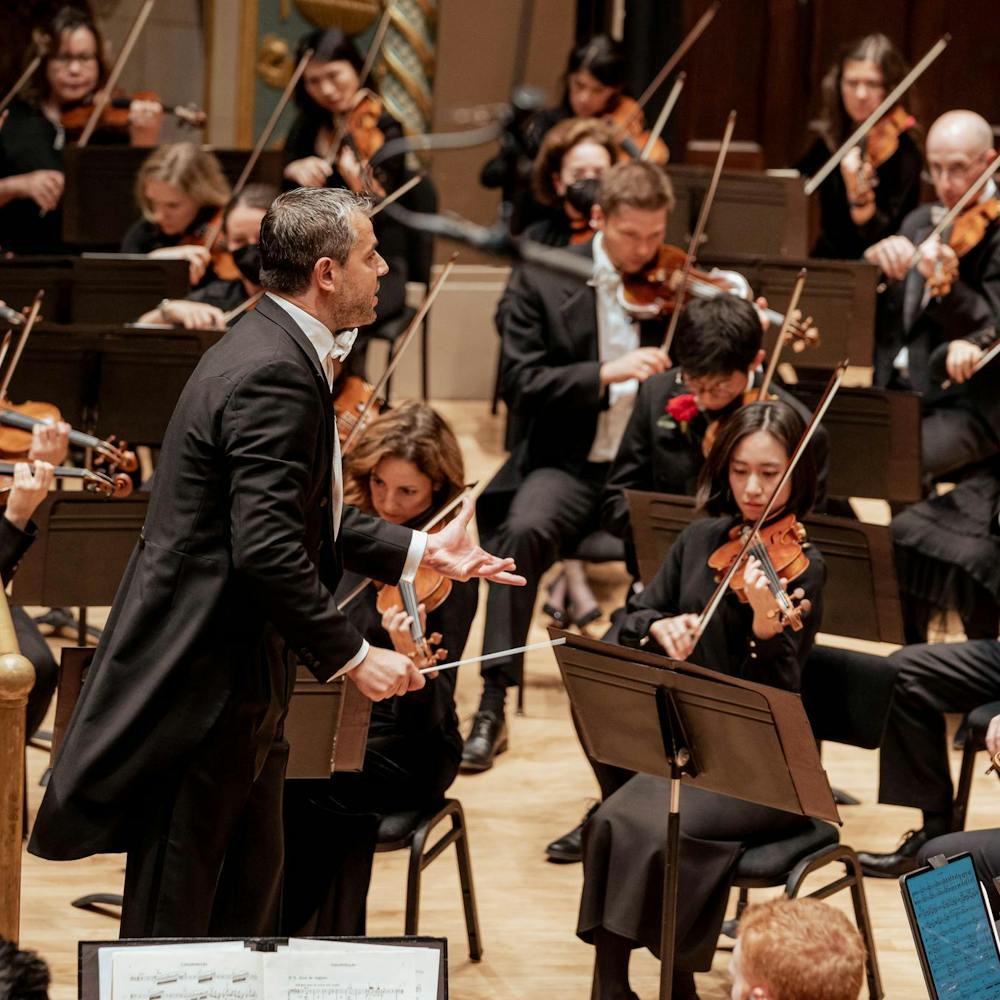Imagine a class that doesn’t cost anything. Anyone can join, and there’s no penalty for not completing the course — but usually, most don’t. A course without credit, where students never meet their professor.
Some experts argue such a model could revolutionize education, while others argue it’s not a sustainable program. Either way, MSU has four of them.
The courses are changing the way students and professors approach class activities, as MSU evaluates its overall online presence, including regular online courses.
MSU’s four pilot Massively Open Online Courses, or MOOCs, have provided education to people all over the U.S. and the world. In a partnership between MSUglobal and MSU IT Service’s Learning Design and Technology, or LearnDAT, the pilot program has collaborated with faculty in different colleges to produce the courses on a number of different online platforms, utilizing WordPress, Moodle, Desire2Learn and social media.
The courses are a tool to advance MSU’s agenda and enhance the university’s reputation globally, MSUglobal Director of Academic Entrepreneurship Jerry Rhead said.
“We want to use MOOCs for some type of competitive advantage or for a way to move something forward, not just simply for mass exposure,” Rhead said.
Rhead also said some participants in the MOOCs have gone on to look at or pursue one of MSU’s online degree programs.
One of the university’s MOOC courses, “Foundations of Science,” used Desire2Learn, the online learning platform that will eventually replace ANGEL. Course co-creator Stephen Thomas said the course engaged participants from 37 states and 37 different countries and provided him with a valuable learning experience in online education.
“The first time you offer it is really an experiment that needs to be refined over multiple times,” Thomas said.
The online experience
For-credit online courses also have grown in popularity at MSU.
The university offers more than 100 undergraduate and graduate courses via the Internet.
So, going to class might not always involve a commute, but it does require an Internet connection sometimes.
General management sophomore Austin Dickerson’s class is enrolled in a course taught online, save for a weekly 50-minute recitation, referring to it as a “blended” course.
“It’s definitely different — you have to adjust your schedule and the way you work to cope with studying for an online class,” Dickerson said. “I definitely like it in the sense that … I can just wake up at 2 p.m. and work at my own pace and on my own time.”
Media and information sophomore Dakota Johnston is enrolled in an online-only graphics class. He said he felt the type of course made it well-suited to online instruction.
“It’s definitely laid out really well,” Johnston said. “I’m really into it, so I have the drive to block out some space during my schedule (and) sit down and do the work.”
Johnston said although he feels self-motivated in the course, he didn’t think that feeling would translate to other subject areas such as math or science.?Beyond coordinating MOOCs, LearnDAT helps faculty members integrate the Internet into their courses.
Ryan Yang, assistant director of teaching and learning at LearnDAT, said he has seen a noticeable rise in the number of faculty moving some or all of their courses online since he began working at MSU IT Services two years ago.
Yang said LearnDAT used to give one-on-one support to faculty, but because of the rising number of classes becoming technologically integrated, LearnDAT has begun hosting workshops and providing much of their advice online.
Support student media!
Please consider donating to The State News and help fund the future of journalism.
“It’s definitely a bit overwhelming for faculty initially, especially (because) they need to teach differently,” Yang said. “But once they are over that hurdle, it actually enables them to create a rich environment for their students.”
Inside Higher Ed recently conducted a survey examining faculty attitudes toward technology at U.S. universities. When given the statement “Online courses at my institution can achieve student learning outcomes at least equivalent to those of in-person courses,” a wide majority of professors who had never taught an online course did not agree, with 36 percent strongly disagreeing.
Faculty who had taught a course online were much less opposed, with a significantly higher percentage affirming the statement, although their opinions were more widely distributed across the board in terms of opinions.
LearnDAT Director Brendan Guenther found that in his experience, faculty who leveraged the online tools benefit.
“People who teach online or teach a blended course tend to be more reflective or critical of their in-person teaching practices,” he said.
Guenther said he felt the consensus was that online learning is challenging, but suggested a mix between online and in-person learning really is where professors and students have the most opportunity to maximize outcomes.
Yang said that as technology progress, he believes some of the traditional teaching and learning approaches taken by professors will change.
“There would be more and more online courses as it allows students and faculty who otherwise may not be able to take or teach the course to interact and exchange knowledge with one another,” Yang said. “We will see a convergence of the online and face-to-face … as we progress.”
Discussion
Share and discuss “Portal to higher education” on social media.




